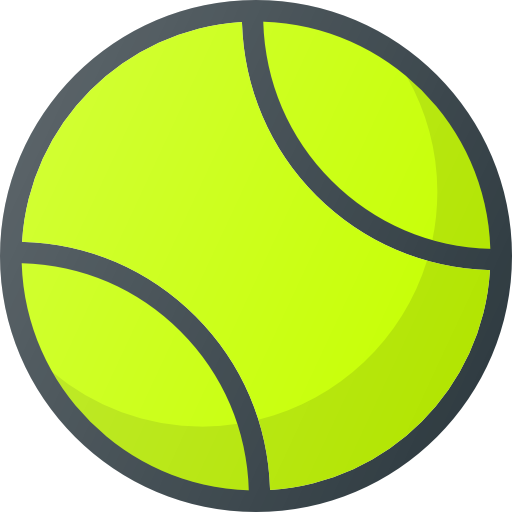How to Train for Your First Tennis Tournament
Preparing for your first tennis tournament can be both an exciting and daunting experience. The right training regimen not only enhances your skill set but also builds your mental fortitude, ensuring you’re ready for the challenges that lie ahead. Below is a comprehensive guide that covers key areas to focus on when preparing for your inaugural tournament.
Establish Your Goals
Before diving into training, it’s crucial to set specific, measurable, attainable, relevant, and time-bound (SMART) goals. Understanding what you want to achieve will dictate your training routine. For instance, you might aim to improve your serve accuracy, enhance your footwork, or simply get accustomed to the tournament atmosphere. Once your goals are clear, you can tailor your training accordingly.
Physical Conditioning
A robust physical condition serves as the foundation for any successful tennis player. Training should focus on three key components: strength, endurance, and flexibility.
Strength Training
Incorporate exercises that develop the muscles utilized in tennis, particularly those in the legs, core, and shoulders. Effective strength training exercises might include:
- Squats for lower body strength
- Planks for core stability
- Medicine ball slams for explosive power
Endurance Training
Tennis matches can be physically demanding, often lasting several hours. To build endurance, consider:
- Running or cycling for cardiovascular fitness.
- Interval training to mimic the stop-and-go nature of a match.
Flexibility Training
Flexibility is vital in preventing injuries and improving performance on the court. Engage in regular stretching routines focusing on major muscle groups utilized in tennis, such as:
- Hamstring stretches
- Shoulder stretches
- Hip flexor stretches
Skill Development
Improving your technical skills is key to succeeding in a tournament. Focus on the following areas:
Serve
The serve is your first opportunity to gain an advantage in a match. Dedicate time to practicing various types of serves (flat, slice, kick) and work on your serve placement. Aim for consistency and accuracy before speed.
Groundstrokes
Your forehand and backhand will be instrumental during rallies. Regularly practice hitting with a partner or against a wall to hone your timing and technique. Consider incorporating drills that improve your ability to hit deep, controlled shots as well as aggressive angles.
Volleys
Volleys are crucial for net play. Establish a practice routine where you frequently move to the net and practice both forehand and backhand volleys, keeping your racquet out in front of you.
Mental Preparation
Tennis is as much a mental game as it is physical. Building a strong mental framework can help you stay focused during matches. Consider these strategies:
Visualization
Engage in visualization techniques where you picture yourself executing successful shots and winning points. This can enhance confidence and prepare your mind for real match situations.
Routine Development
Cultivating a consistent pre-match routine can help establish a sense of calm and focus. This might include specific warm-up exercises, breathing techniques, or listening to music.
Play Practice Matches
To acclimate yourself to the tournament atmosphere, engage in practice matches. This simulates the pressure of a real game and allows you to implement your training. Make a note of areas to improve and adapt your training accordingly.
Nutrition and Hydration
A balanced diet and proper hydration are integral to your performance. Focus on consuming a variety of whole foods, including:
- Complex carbohydrates (whole grains, fruits, and vegetables) for energy.
- Lean proteins (chicken, fish, legumes) for muscle repair and recovery.
- Fruits and vegetables for essential vitamins and minerals.
Stay hydrated before, during, and after training and matches. Consider water and electrolyte-heavy drinks to maintain optimum fluid levels.
Recovery Strategies
Allowing time for recovery is crucial in any training program. Ensure that you are incorporating rest days into your training schedule. Utilize techniques such as:
Active Recovery
Engaging in light activities like walking or yoga on rest days can aid muscle recovery.
Post-Training Stretching
Implement a cooldown routine that focuses on stretching to enhance flexibility and reduce muscle soreness.
Check Tournament Specifics
Before the tournament, familiarize yourself with the rules, format, and schedule. Knowing what to expect can ease anxiety and allow you to focus on your game.
Final Thoughts
Training for your first tennis tournament is a multi-faceted endeavor that requires dedication, versatility, and strategic planning. By focusing on physical conditioning, skill development, mental preparedness, and proper nutrition, you will position yourself to perform at your best. Remember, tournaments are as much about enjoyment and personal growth as they are about competition. Embrace the experience, learn from it, and above all, enjoy your time on the court!
